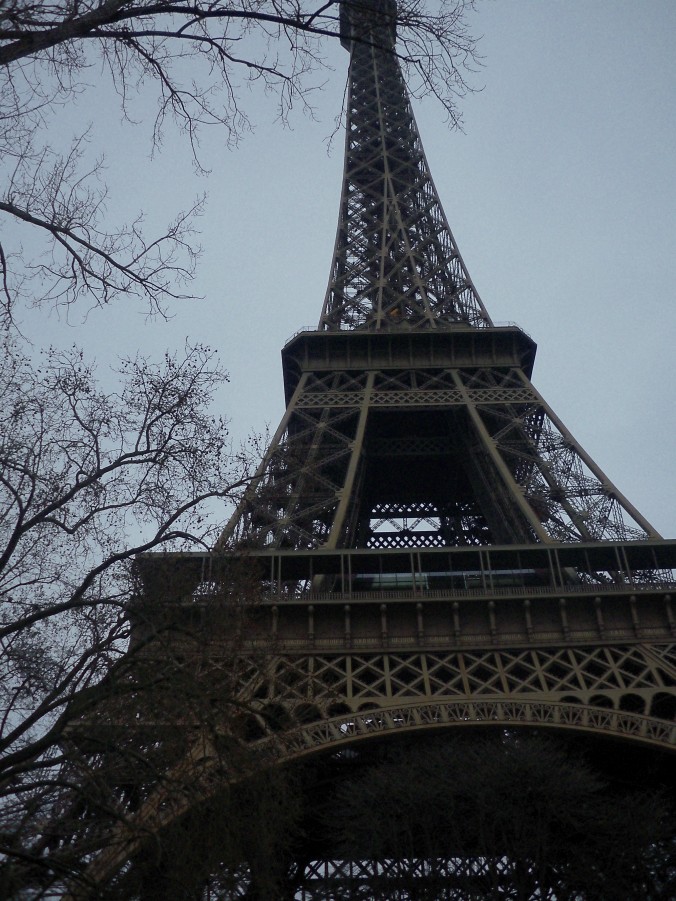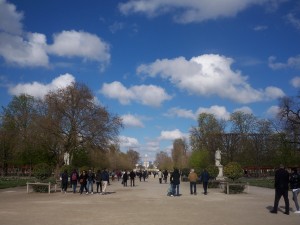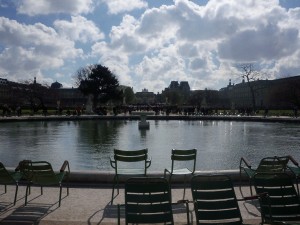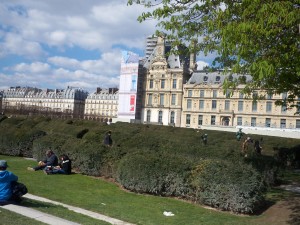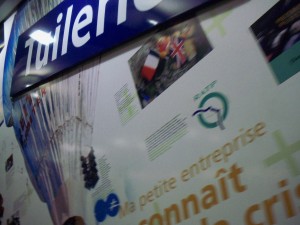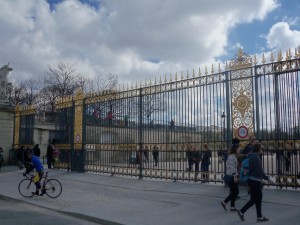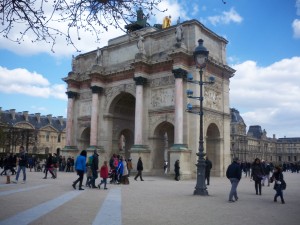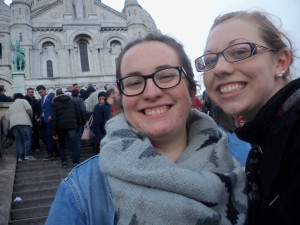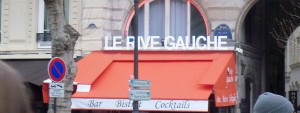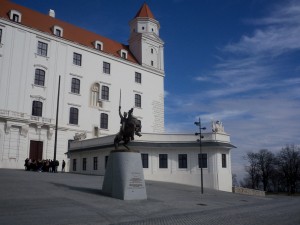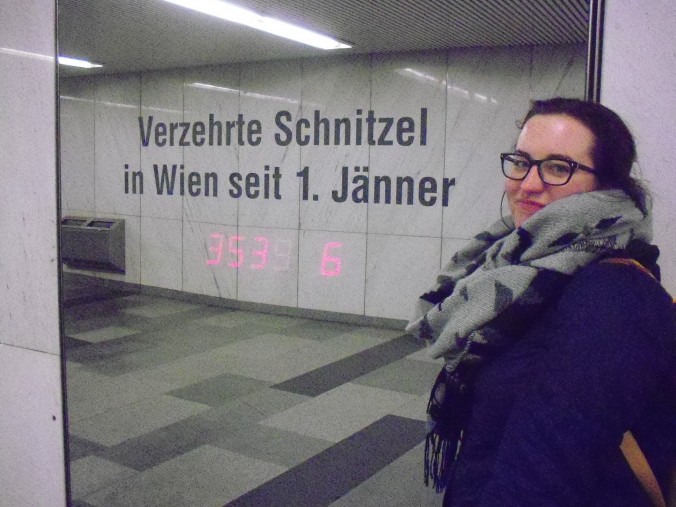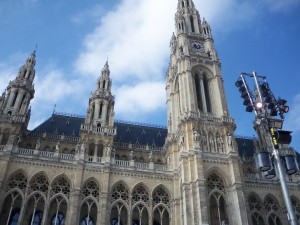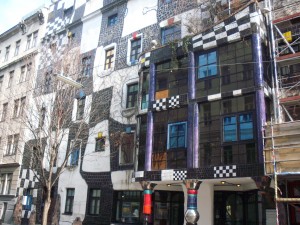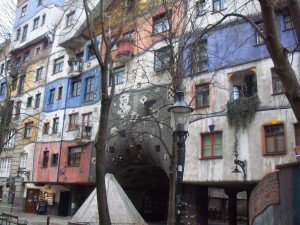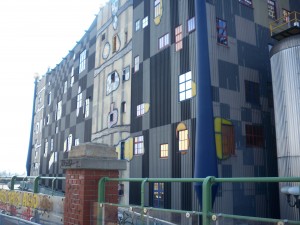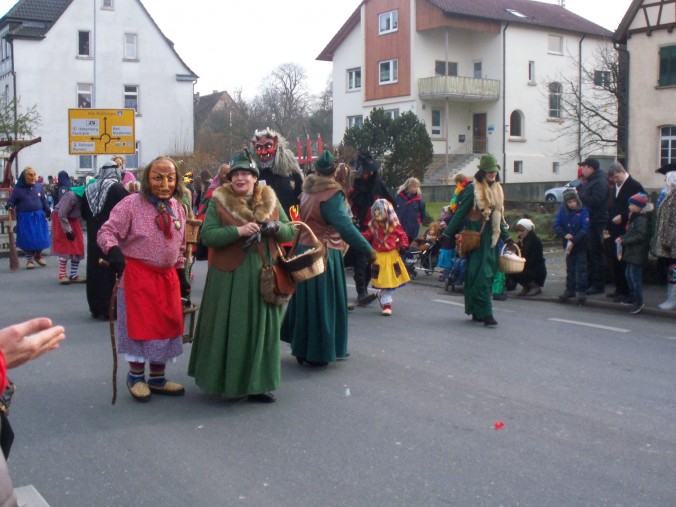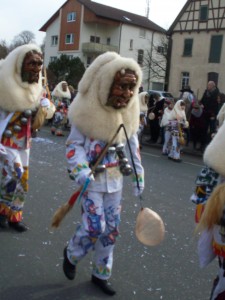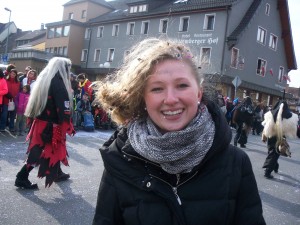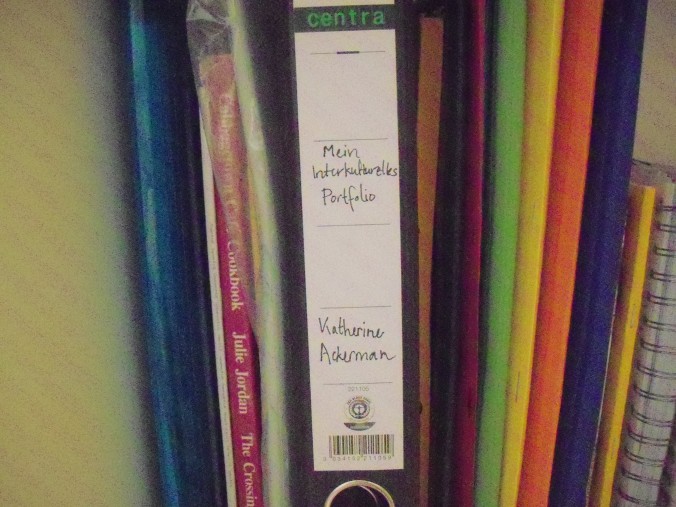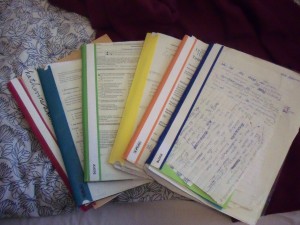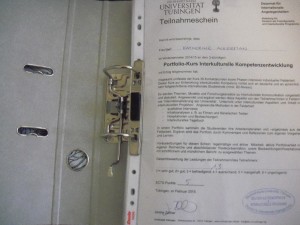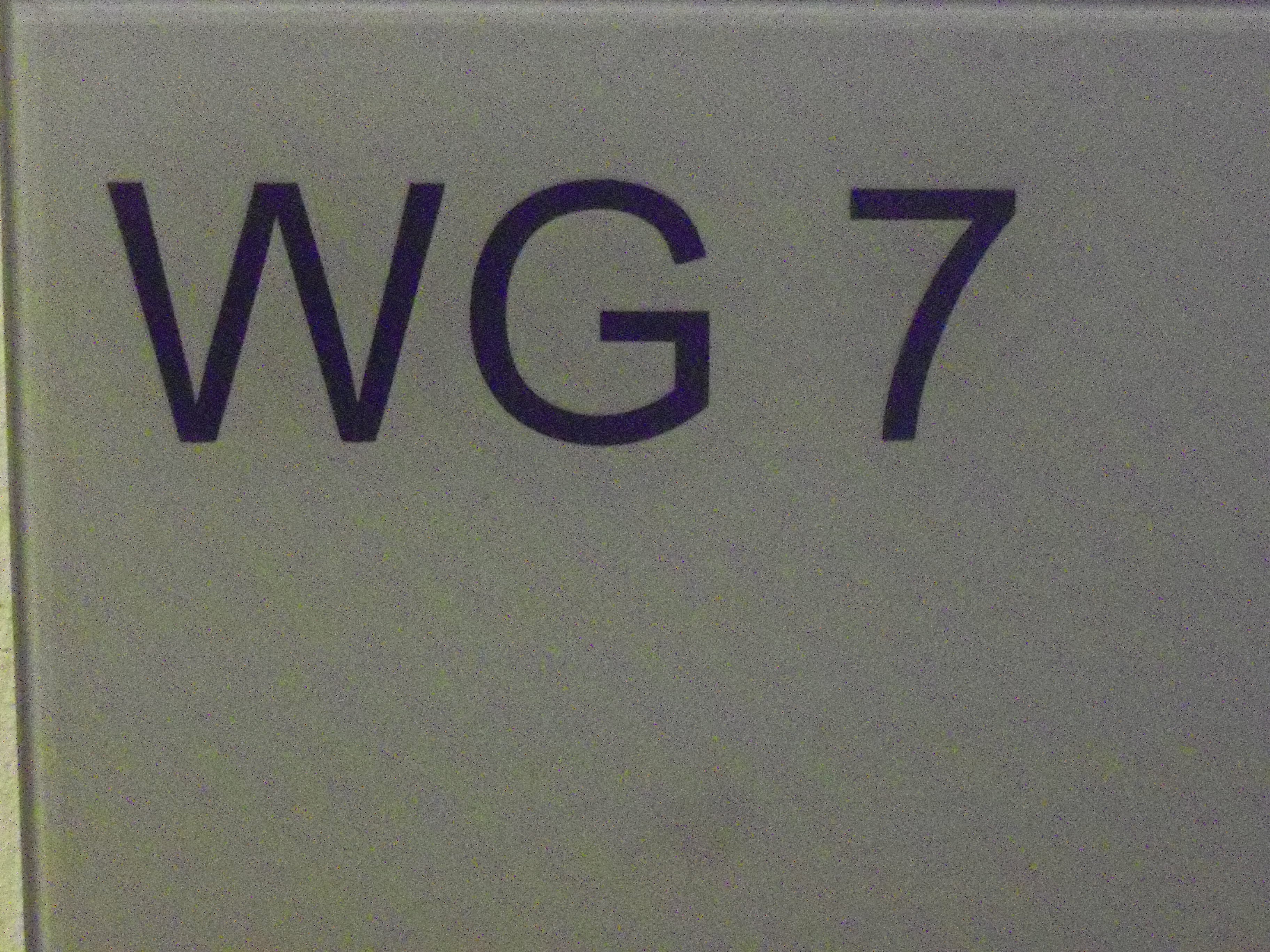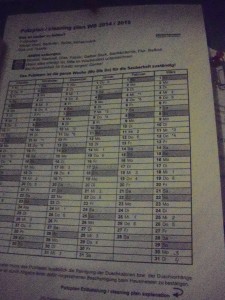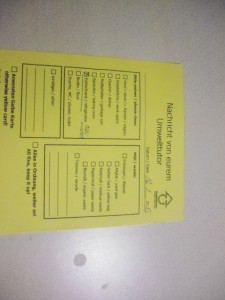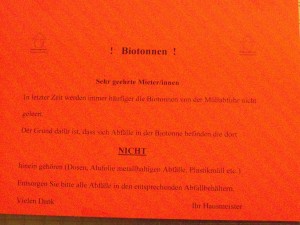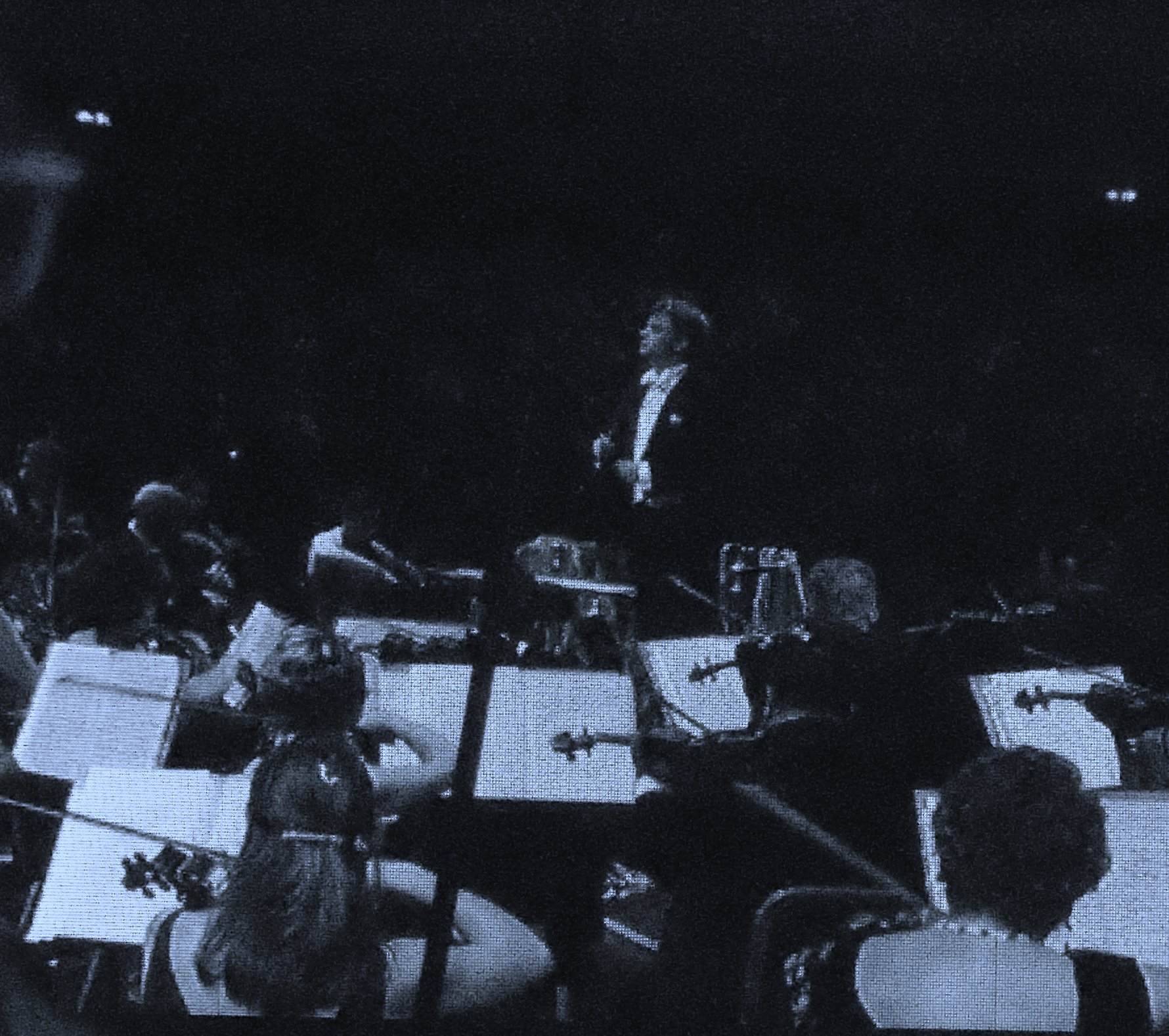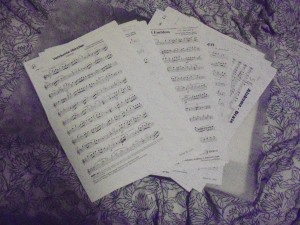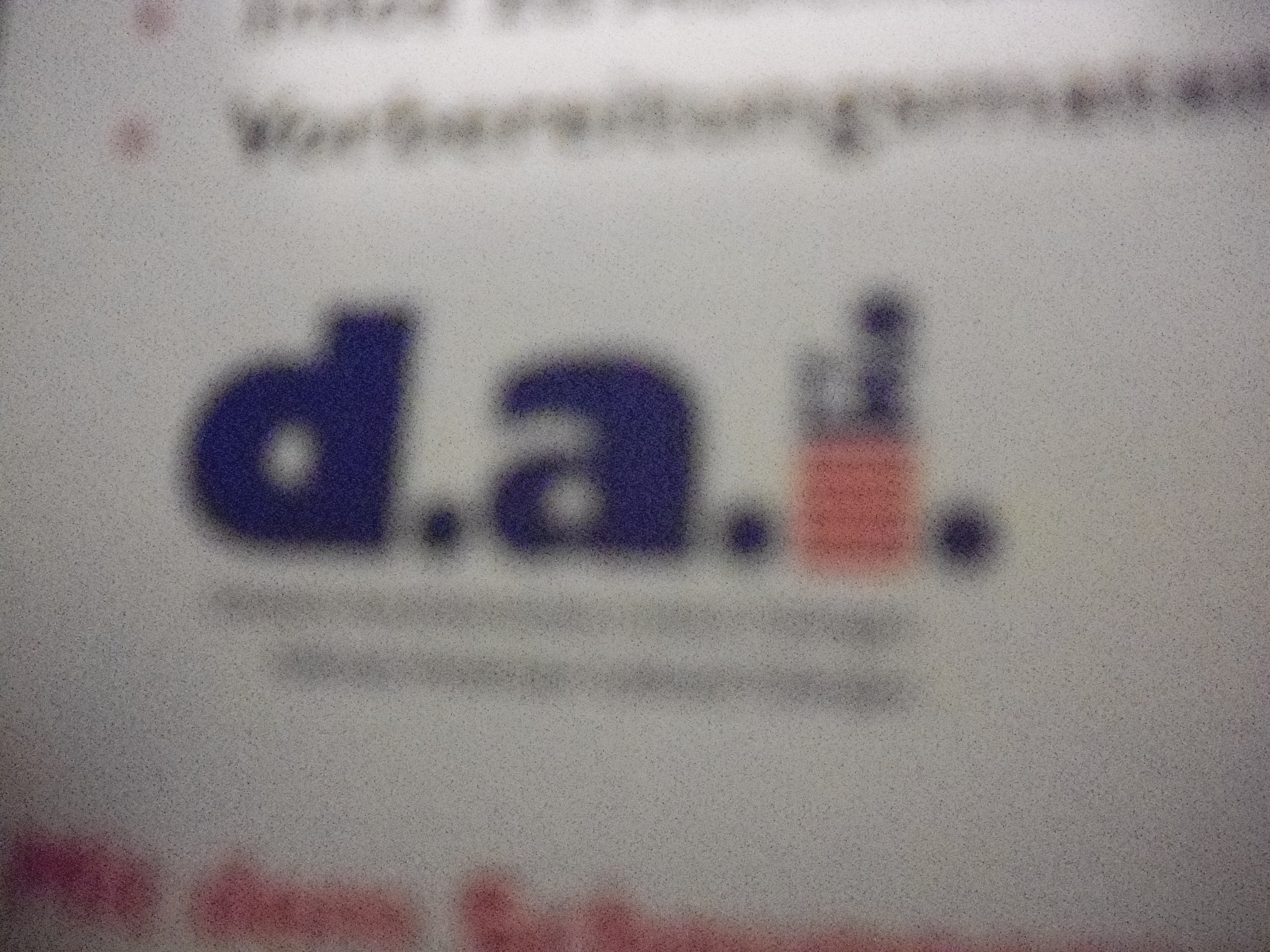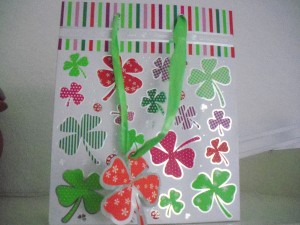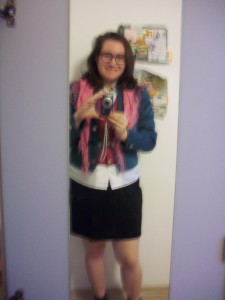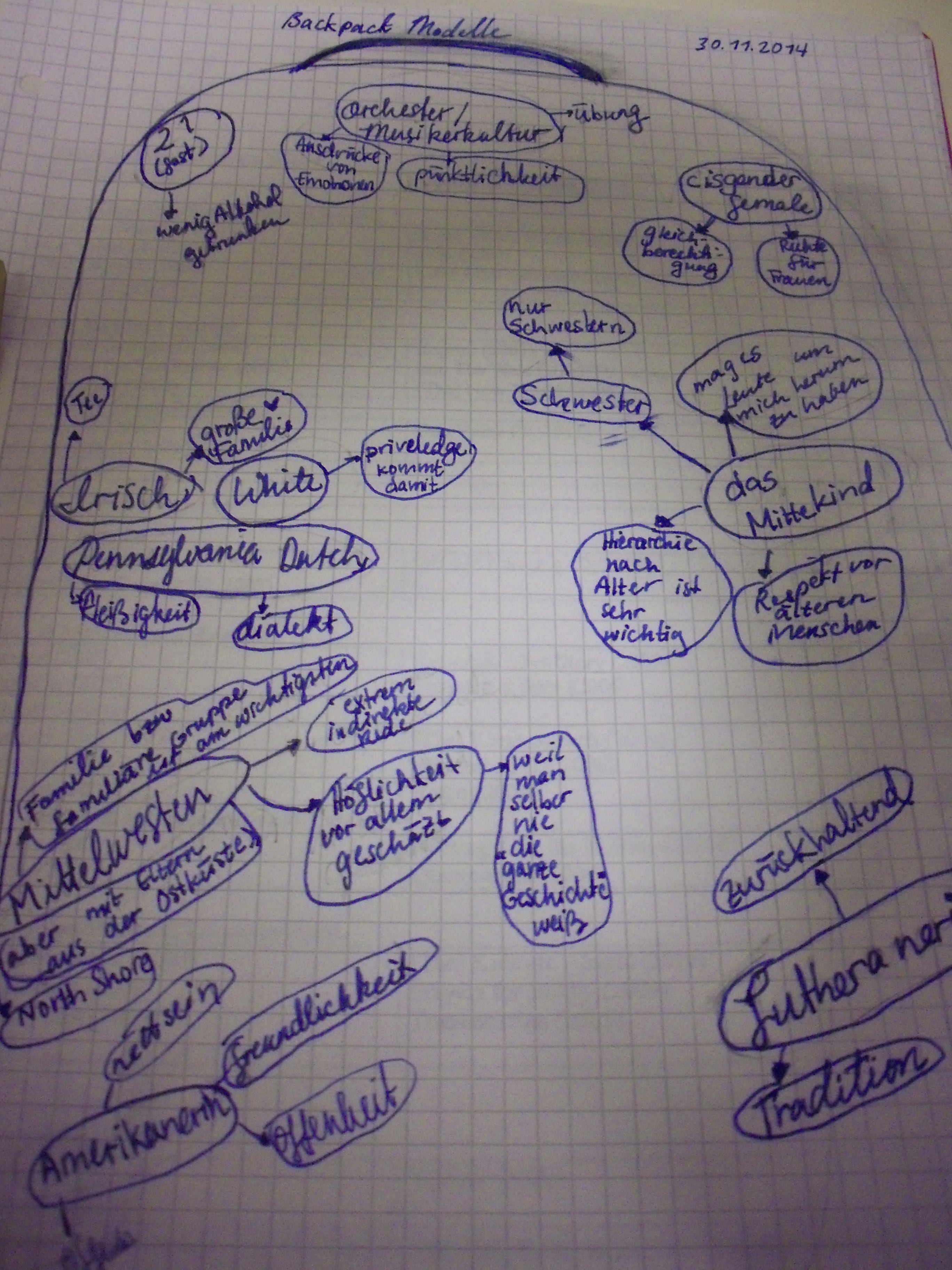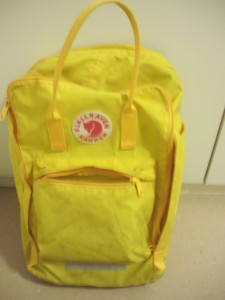So, to celebrate Easter, I decided to my friend Pam in Paris. It was my first time in France’s capital and a trip that I had been dreaming about since I was a kid. When I was younger, one of my favorite book was called Little Jeanne of France by Madeline Brandeis and told the story of a girl named Jeanne and her adventures in France. And so, France, and Paris in particular, became somewhat of a destination for me. I was dead set on visiting France someday, made my mother start teaching me phrases in French, and even tried to turn in an assignment in first grade written in what I thought was an accurate written representation of the French language, only to have my teacher think that I was struggling with spelling. My favorite book growing up was the account of a British ex-pat’s go in Southern France, A Year in Provence. I continually attempted to add small french phrases into my vocabulary and dreamed of Time’s fashion issue where there was sure to be a number of French fashion designers. Until I reached middle school in a town that offered no French classes, I had fully planned on taking up study of the French language and happily moving to France in some far-off future. But, as with all things in life, plans changed and I ended up in a German class which eventually lead me to my year in Tübingen.
Despite having less of a connection to French language and culture, I still have enjoyed visiting the border cities to Germany and enjoying the delicious food and drink, never fully making it to Paris. So when I found out that Pam was going to be studying there and in nearby Cergy, I jumped at the chance of avoiding costly hotel fees and getting to see the city with someone who knew their way around.
The trip was short, but totally worth it to see some of the most beautiful sites that the city had to offer and to get to experience some of the things that I had so long dreamt of. It was a culmination of a lot of what I had wanted for such a long time and definitely a place that I will come back to explore further.
The best experience was visiting the Tuileries. I think that the best introduction to my visit is summed up with a quote from Brandeis herself:
“The little girls passed through the Tuileries, which are like fairy gardens. They are a children’s paradise and part of the dream that Paris is”(140).
It was a beautifully sunny day when we visited the Tuileries and the lovely weather helped to highlight the well-manicured park. We walked around and got café au lait and drank it whilst sitting in some chairs. Now, I am no longer a child and a bit too old to believe in fairies, but the magic of the Tuileries still existed for me. I especially liked the long rows of bushes at the far end that seemed like a great place to get away from the world and relax and enjoy good weather.
I also adored riding the metro. I am huge fan of public transportation, so any time that I can use a system in a major city, I could basically spend the entire day riding around. The name of each stop was repeated twice during the approach, which sounded like a language instruction tape to me and provided a good opportunity to practice my pronunciation of the French language.
On Easter, Pam and I went to the American Church (since, unfortunately, my French vocabulary is limited to foods and swear words) and ate lunch next to the Seine. We also saw a lot of the classic tourist attractions, which I think aren’t necessary to mention here. However, we did find a café that is a bit of an inside joke:
Bis bald!
A link to an electronic copy of Little Jeanne of France via Project Gutenberg:
http://www.gutenberg.org/files/40806/40806-h/40806-h.htm
